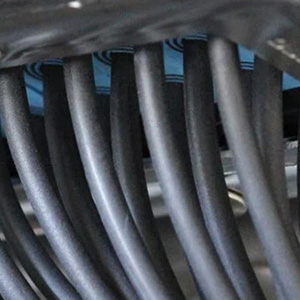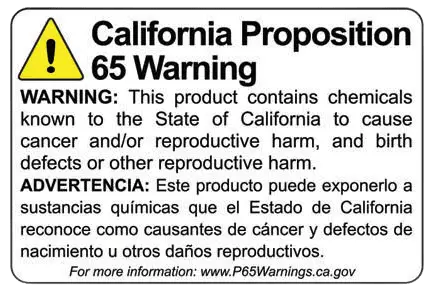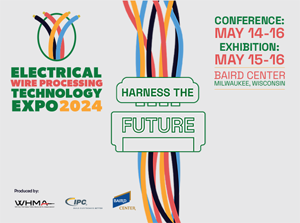 Cable entry seals play a vital role in ensuring the integrity and performance of various infrastructure systems, from industrial facilities to residential buildings. These often-overlooked components provide protection, longevity, and efficiency, making them crucial for both new installations and maintenance projects. Understanding the importance of cable entry seals is essential to avoid potential damage, safety risks, and operational inefficiencies.
Cable entry seals play a vital role in ensuring the integrity and performance of various infrastructure systems, from industrial facilities to residential buildings. These often-overlooked components provide protection, longevity, and efficiency, making them crucial for both new installations and maintenance projects. Understanding the importance of cable entry seals is essential to avoid potential damage, safety risks, and operational inefficiencies.
1. Protection Against Environmental Factors
One of the key functions of cable entry seals is to provide a robust barrier against environmental elements such as water, dust, and extreme temperatures. Without proper sealing, water can seep through cable entry points, leading to corrosion, short circuits, and even equipment failure. Dust can clog sensitive equipment and affect its performance. In regions prone to heavy rain or high humidity, proper cable sealing can prevent water ingress and maintain the system’s longevity.
2. Energy Efficiency and Cost Savings
Properly sealed cable entry points help maintain energy efficiency by preventing air leakage. In buildings, particularly those with HVAC systems, unsealed cables can lead to drafts, impacting temperature regulation and increasing energy costs. Cable entry seals contribute to maintaining insulation, ensuring that cooling or heating systems work effectively without unnecessary strain.
By eliminating air leaks and maintaining insulation integrity, you reduce energy waste, which directly translates to cost savings on utility bills.
3. Enhanced Safety and Risk Mitigation
Cable entry seals also play a significant role in minimizing safety risks. For electrical installations, poorly sealed cables increase the risk of fire, short circuits, and electrical hazards. In industrial environments, where harsh chemicals or gases may be present, entry seals act as barriers, preventing these substances from infiltrating sensitive areas and posing threats to workers and equipment.
Moreover, in telecommunications or data centers, the entry seals help maintain the integrity of network connections, ensuring stable performance and reducing the risk of outages due to environmental interference.
4. Compliance with Industry Standards
In many industries, regulations and standards require proper sealing of cable entry points to ensure the safety and reliability of electrical and mechanical systems. Failure to comply can lead to costly fines, legal issues, or even downtime in operations. Ensuring that your cable entry points are sealed properly keeps you in line with these standards and prevents future compliance headaches.
5. Increased System Longevity
By preventing environmental degradation and protecting cables from external factors, cable entry seals significantly contribute to the longevity of your systems. Cables and equipment exposed to water, dust, or temperature fluctuations are likely to degrade faster. Proper sealing ensures that the infrastructure remains in good condition, reducing the need for frequent repairs or replacements.
6. Customizable Solutions for Different Needs
Cable entry seals come in various designs and materials to accommodate different types of cables and environments. Whether you need a seal that can withstand extreme temperatures or one resistant to chemicals, there are customizable options available to meet your specific needs. This flexibility ensures that no matter the type of installation, there is a seal that will provide the necessary protection.
Conclusion
Investing in high-quality cable entry seals is essential for protecting infrastructure, ensuring operational efficiency, and minimizing risks. From preventing environmental damage to enhancing safety and compliance, these small but powerful components play a critical role in the overall performance of your systems. Whether you’re dealing with residential, commercial, or industrial applications, properly sealed cable entry points are crucial for long-term success and sustainability.


